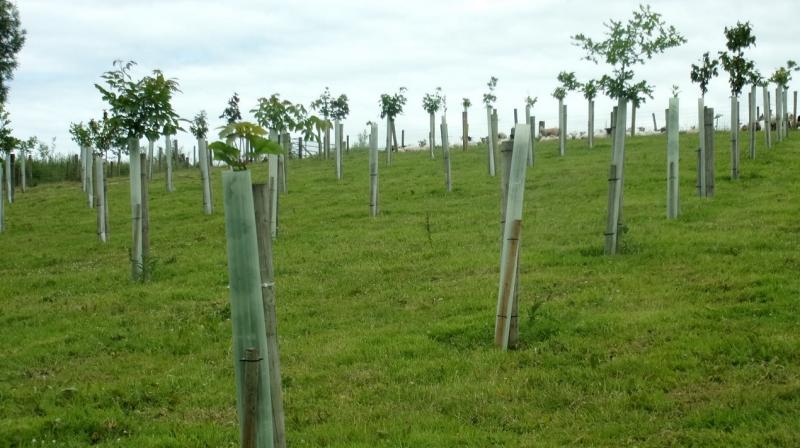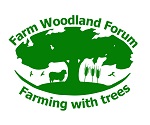
Eligibility for grant funding
Pillar 1
Farmers in receipt of Basic Payment Scheme (BPS) payment may be eligible for the greening component. If a farmer has more than 15 ha of land, 5% must be in an Ecological Focus Area.
Hedges and trees in a line are considered as Landscape Features, and qualify for BPS as long as they are retained and maintained. If a hedge must be removed for any reason, it must be replaced elsewhere on the land parcel.
Groups of trees smaller than 0.3 hectare, short rotation coppice and afforestation are considered as Ecological Focus Areas, and so qualify for the greening component providing that agriculture is the predominant activity in the land under consideration.
Hedges/trees in a line - 1 linear metre counts as 10 m2
Groups of trees/copses - there is a weighting factor of 1.5, so 1 m2 counts as 1.5 m2
Short rotation coppice - there is a weighting factor of 0.3, so 1 m2 counts as 0.3 m2
Pillar 2
Hedgerows contribute towards Ecological Focus Areas. Field copses, short rotation coppice and afforestation are also Ecological Focus Areas.
New agroforestry planting of species including oak, sycamore and cherry at intial planting density of 400 - 1000 trees per hectare equally spaced is funded under Grant and Premium Category (GPC) 11 of the Afforestation and Premium Scheme. The funds are provided by the Irish Government, not the EU. Minimum plot size of 0.5 ha, with minimum plot width 20 m. 15% fruit and nut trees can be included. Grazing of sheep or young domestic livestock is permitted in spring and summer for the first 6 - 8 years, and hay and silage crops can be taken. Subsequently, when the trees are sturdy enough, larger livestock can be permitted to graze. A capital grant is given for establishment, with annual maintenance payments for five years.
Afforestation measures also give grants for farm woodlands, with a premium price for native broadleaf species, and there is a Forestry for Fibre scheme for eucalyptus or poplar for woody biomass.
Last updated November 2021.
